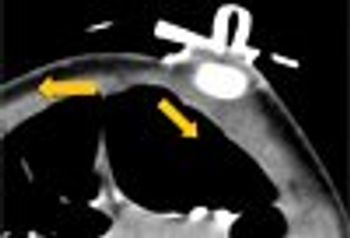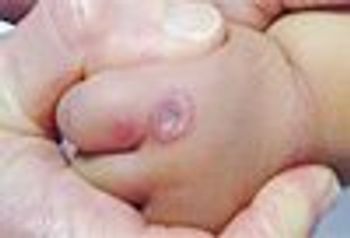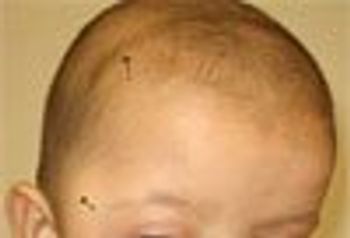
TALK NERDY TO US TAKE OUR TECH SURVEY FOR A CHANCE AT $500! What are physicians saying, thinking - and doing - when it comes to implementing office technologies? Help us to help you find out by completing our easy survey. We are working with our sister site, PhysiciansPractice.com, to learn all about it -- and we're willing to pay. Just go to the 2012 Tech Survey to complete our easy survey, and enter to win a $500 Visa gift card. It only takes five minutes. The contest will run through February 29th. No purchase is necessary. Void where prohibited. See official rules for full details, available here. Thank you for your participation!


